Historic LDS Far West
Introduction
Text-to-speech Audio
Images
Monument with inscriptions detailing church history in Far West and temple grounds
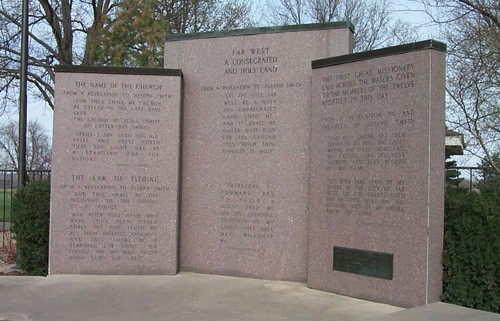
Far West burial ground. Many members of the church killed during the attacks by the mob are buried here
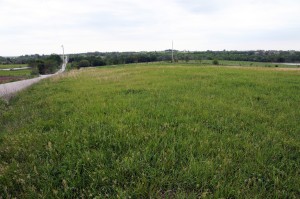
One of the preserved temple corner stones laid in Far West
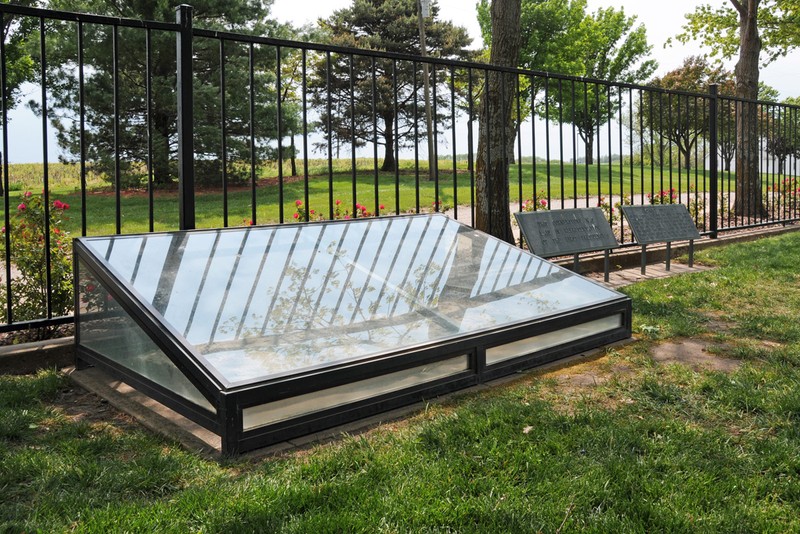
The section of land once held a part of the Far West settlement
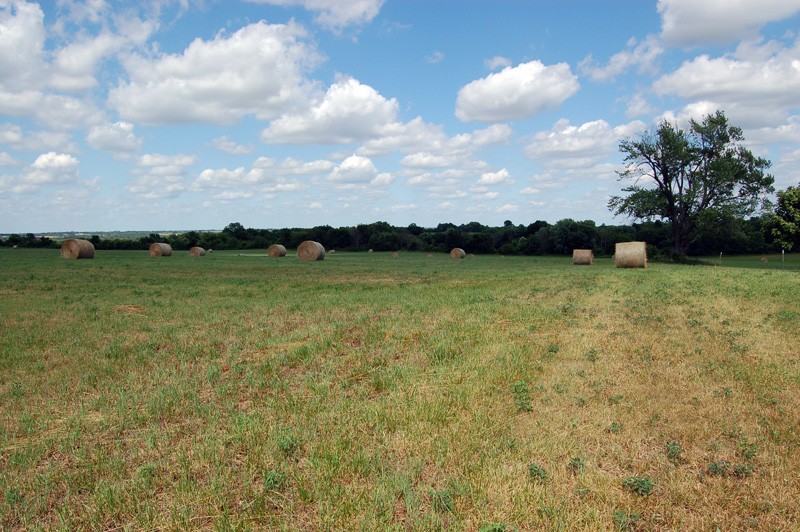
1850s photo of Alexander Doniphan, defender of the Mormon church in Missouri and up until the end of his life.
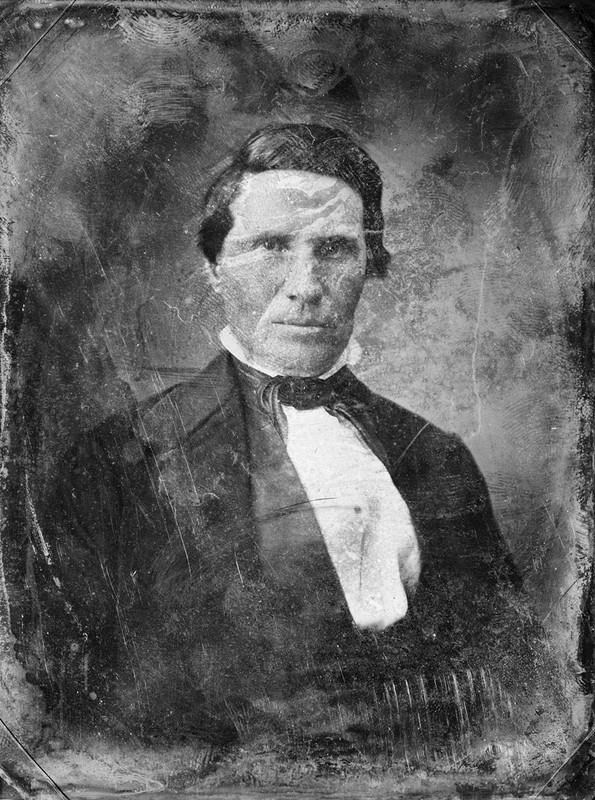
Depiction of corner stone being laid
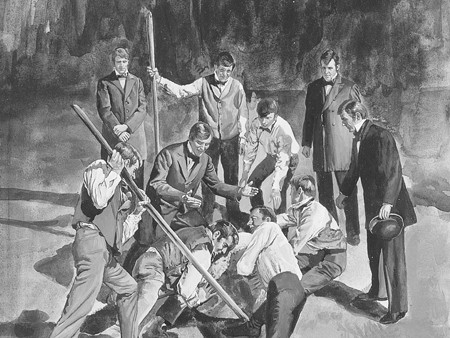
Depiction of mob violence against LDS members in Missouri
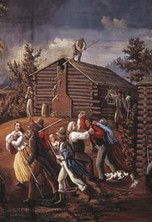
Backstory and Context
Text-to-speech Audio
Many important developments in The Church of Jesus Christ of Latter-day Saints occurred in Far West, Missouri. The town served as the county seat for Caldwell County. Here, Joseph received the revelation that the Church should be named “The Church of Jesus Christ of Latter-day Saints”1 and the principle of tithing was also made known to the Saints.2 In addition, it was revealed to the Prophet Joseph Smith that the ground of Far West was holy and the Saints were commanded to build a temple there.3
The temple cornerstones were laid on July 4, 1838, but it was never constructed due to opposition by the local Missourians.
The laying out the city of Far West was described as 'one mile square, divided by streets running at right angles into regular blocks, except that a large public square was laid off in the center of the town, designed for a temple site and other public buildings. This square was approached from the four points of the compass by avenues, eight rods wide. All the other streets were five rods wide.'4
It was from Far West that the Prophet Joseph Smith was taken into custody and placed in Liberty Jail. The fourth division of the state militia, led by a resident of Jackson County, General Samuel Lucas, approached Far West on the evening of October 30, 1938. Joseph Smith, Jun., Sidney Rigdon, Lyman Wight, Parley P. Pratt and George W. Robinson were betrayed by Colonel George M. Hinckle, the officer leading the Caldwell County militia, and were delivered into the hands of General Lucas.
General Lucas held a court marshall and a decision was made to kill the prisoners in the town square the next day. General Alexander Doniphan, upon receiving the order said, 'It is cold-blooded murder. I will not obey your order. My brigade shall march for Liberty tomorrow morning, at 8 o’clock; and if you execute these men, I will hold you responsible before an earthly tribunal, so help me God.'5 Thanks to General Doniphan’s bold stand and the prayers of the Saints offered throughout the night, the lives of the Prophet and the other prisoners were saved.
However, due to the extermination order issued by Lilburn W. Boggs and the persecution from the Missouri mobocrats, the Saints were forced to flee the city and region during the late fall and winter of 1838-39."
Additional information:
The town was founded by Missouri Mormon leaders, W. W. Phelps and John Whitmer in August 1836 shortly before the county's creation. The town was platted originally as a 1-mile (1.6 km) square area, centered on a public square which was to house a temple. The design of the town resembled Mormon founder and prophet Joseph Smith Jr.'s plan for the City of Zion, which had been planned to be built in the town of Independence, Jackson County, Missouri. As the town of Far West grew, the plat was extended to 4 square miles.
Early Latter-day Saints began to settle in northwestern Missouri soon after the Church of Christ was organized in 1830. According to a revelation given by Joseph Smith Jr., Independence would be the "centerplace" of the City of Zion when Jesus returned. However, disputes between Mormon and Missourian settlers in Independence led to the expulsion of the Mormons from Jackson County in 1833. Most Mormons temporarily settled in Clay County, Missouri. Towards the end of 1836, Caldwell County was created specifically for Mormon settlement to recompense Mormon losses in Jackson County. Shortly after the creation of Caldwell County, Far West was made the county seat.
Far West became the headquarters of the Latter-day Saint movement in early 1838 when Prophet Joseph Smith and Sidney Rigdon relocated to the town from the previous church headquarters, Kirtland, Ohio. Joseph Smith taught the Latter-day Saints that the Garden of Eden had been in Jackson County and when Adam and Eve were expelled from the Garden, they moved to the Caldwell County and Daviess County areas of Missouri. While headquartered in Far West, the official name of the church was changed from Church of Jesus Christ to The Church of Jesus Christ of Latter Day Saints.
New problems erupted between the Mormons and their neighbors when the Mormons began to settle in the counties surrounding Caldwell, including De Witt in Carroll County and Adam-ondi-Ahman in Daviess County. A series of escalating conflicts followed and the Governor of Missouri eventually called out 2,500 state militiamen to put down what he alleged to be a "Mormon rebellion." Latter Day Saints poured into Far West for protection and found themselves under siege. Joseph Smith Jr., Sidney Rigdon and others surrendered at the end of October, 1838, and were put on trial by the state for treason. The main body of the Mormons were then forced to sign over their property in Far West and Caldwell County to pay for the militia muster and then leave the state. The main body later settled in Nauvoo, Illinois.
Far West became a ghost town soon after the departure of most of the Mormon population. The county seat was moved to Kingston, Missouri and many of the log houses in Far West were relocated. Former Mormon John Whitmer continued to live in the nearly empty town, where he owned a large farm.
Today Far West is a historic site seven miles south of U.S. Route 36 on Route D. The Church of Jesus Christ of Latter-day Saints maintains a historic site there, including the cornerstones of the planned temple. Some Latter Day Saints expect that a temple will be located on this spot at some time in the future. The Community of Christ, formerly known as the Reorganized Church of Jesus Christ of Latter Day Saints, has a branch congregation that meets in Far West.
In 2004 construction began on a historic village adjacent to the temple site. It is operated by the Far West Historical Society to accommodate and increase tourism. The Country Store has been in operation since 2006. Future plans include overnight housing and conference facilities. The progress of this project indicates a major shift in the growth of the area.
On May 2012, The Church of Jesus Christ of Latter-day Saints confirmed that it purchased 6,000 acres of Missouri farmland and three historical sites from the Community of Christ.
Members of the LDS church await the day that the temple in Far West can finally be constructed.
